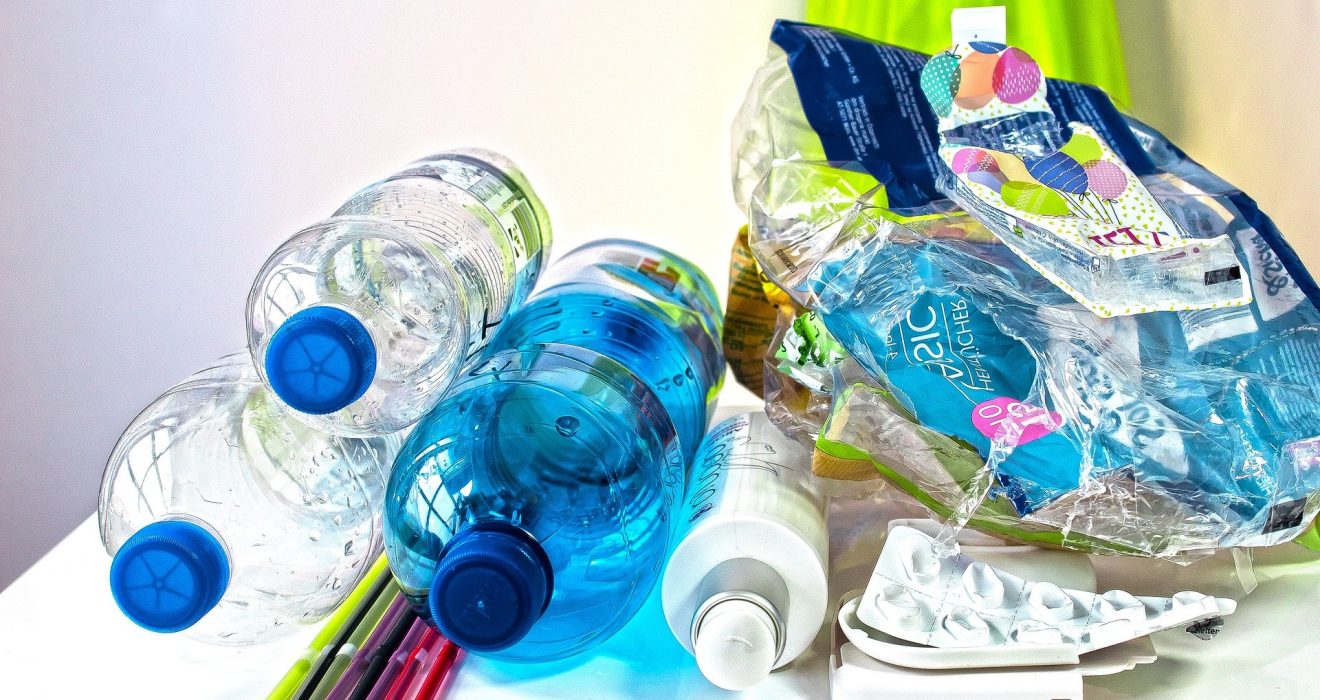Plastic waste, an escalating global environmental crisis, has reached unprecedented levels, clogging landfills, and endangering marine ecosystems. Recognizing the urgency of addressing this menace, Peel NRE, a subsidiary of Peel L&P, is spearheading a transformative venture in West Dunbartonshire, Scotland. Investing $24 million (£20 million), Peel NRE aims to construct a facility dedicated to converting plastic waste into hydrogen. This initiative transcends traditional waste management approaches by integrating a sustainable fuel solution. As the world grapples with the consequences of excessive plastic consumption, this Scottish endeavor stands as a beacon of hope. The facility not only endeavors to curtail the adverse impact of non-recyclable plastics but also pioneers a local, sustainable source of hydrogen for cleaner energy. Amidst the global environmental crisis, the question resonates: Can this Scottish initiative provide a definitive and sustainable resolution to the ever-mounting plastic predicament?
Plastic Waste and Sustainable Fuel Production
Richard Barker, development director at Peel NRE, emphasizes the dual challenge that the Scottish facility aims to tackle. On one hand, it seeks to efficiently manage non-recyclable plastics that would otherwise end up in landfills, incinerators, or exported overseas. On the other hand, the facility aspires to create a local source of sustainable hydrogen, a clean fuel for future generations. This dual approach reflects a commitment to addressing both the environmental impact of plastic waste and the need for cleaner energy alternatives.
Powering the Plant with Advanced Thermal Conversion
Key to the success of this initiative is the adoption of advanced thermal conversion technology from Powerhouse Energy Group. The DMG process, short for “Distributed Modular Generation,” stands as a technological marvel. It promises to break down waste plastics into syngas through a sub-stoichiometric, endothermic gasification process. This syngas, rich in energy, becomes the raw material for hydrogen production. The incorporation of such cutting-edge technology positions the Scottish facility as a pioneer in the field of waste-to-energy conversion.
Efficiency Concerns and Environmental Implications
While the technological advancements are commendable, questions arise about the efficiency of the process. The plant processes 40 tons of waste plastic daily but produces only 2 tons of hydrogen. This raises concerns about the feasibility and scalability of the operation. Additionally, the fate of by-products, especially carbon dioxide generated in the process, remains a point of contention. Critics argue that the environmental impact, including potential greenhouse gas emissions, needs careful consideration before hailing this as a sustainable solution.
Challenges and the Call for Sustainable Consumer Practices
As the Scottish facility embarks on the journey to convert plastic waste into hydrogen, it encounters a landscape fraught with challenges and skepticism. Renowned experts, among them hydrogen specialist Paul Martin, cast doubt on the efficiency of the process, going so far as to characterize it as a potential “scam.” Martin contends that burying waste plastic remains a simpler and more effective method for ensuring permanent sequestration, raising crucial questions about the sustainability of the proposed solution.
This wave of skepticism underscores the necessity of a thorough examination of the environmental implications associated with innovative waste-to-energy solutions. As the facility navigates these challenges, transparency and open communication become paramount. Addressing concerns raised by experts like Martin will be crucial not only for garnering public trust but also for establishing the credibility of the entire plastic-to-hydrogen conversion endeavor.
The scrutiny also prompts a broader conversation about the role of innovative technologies in shaping sustainable consumer practices. While technological advancements are vital, a holistic approach requires active involvement from consumers. The public must be informed, engaged, and encouraged to adopt practices that reduce plastic consumption at its source. Thus, the challenges faced by the Scottish facility serve as a call to action, urging us to collectively rethink our approaches to plastic waste and embrace more sustainable alternatives.
The Role of Behavioral Changes in Plastic Waste Reduction
In the pursuit of environmental sustainability, the focus extends beyond the groundbreaking technological feat of converting plastic into hydrogen. While the strides made in this direction are undeniably promising, the article emphasizes the indispensability of a more comprehensive strategy. The key to achieving meaningful and lasting reductions in plastic waste lies in a fundamental shift in consumer behavior and a significant reduction in our dependence on disposable plastics.
Technological innovations, like the Scottish facility’s plastic-to-hydrogen conversion process, serve as crucial tools in the battle against plastic pollution. However, their impact can only be maximized when coupled with behavioral changes on the consumer front. It is not enough to merely transform plastic waste into a cleaner energy source; the real triumph lies in influencing consumers to adopt sustainable practices, thereby diminishing the demand for single-use plastics.
The success of the Scottish facility, therefore, should not be measured solely by its hydrogen production metrics. Rather, it should be gauged by its ability to inspire a broader societal shift towards environmentally conscious choices. Encouraging consumers to choose reusable alternatives, embrace eco-friendly packaging, and participate in recycling programs becomes integral to the facility’s overarching goal of reducing plastic waste.
This perspective underscores the interconnectedness of technological innovation and individual responsibility. While the Scottish facility pioneers an advanced solution, it concurrently sparks a conversation about the collective responsibility to reshape our consumption patterns. Ultimately, it is the amalgamation of technological progress and widespread behavioral changes that will pave the way for a sustainable and plastic-reduced future.
Conclusion
While the Scottish facility’s initiative to turn plastic waste into hydrogen is a commendable step forward, it is not without challenges and environmental considerations. The real solution to the plastic waste crisis lies not only in technological advancements but also in a fundamental shift in consumer behavior. Ultimately, reducing the generation of plastic waste at its source is key to achieving a sustainable and lasting solution to this global problem.

